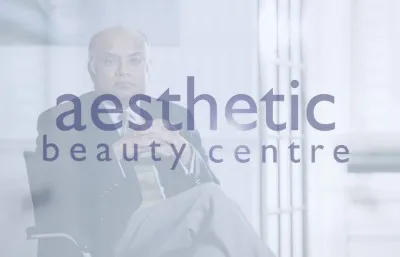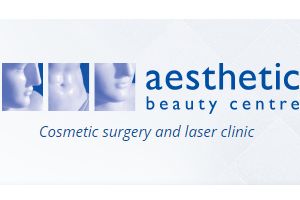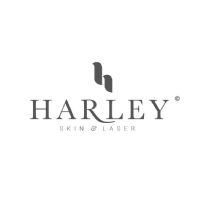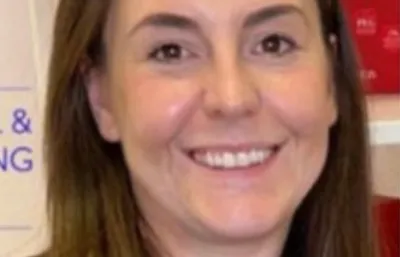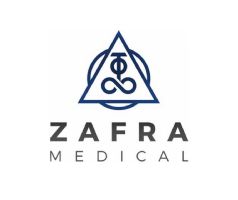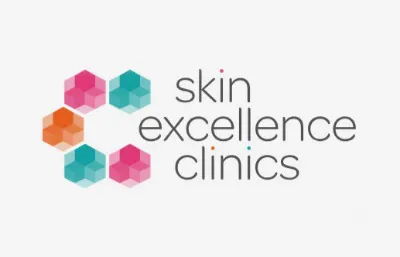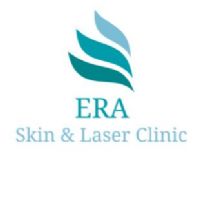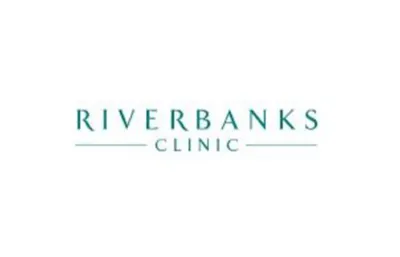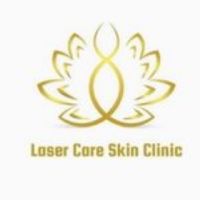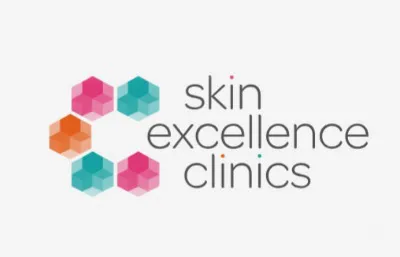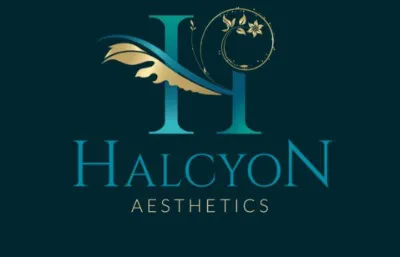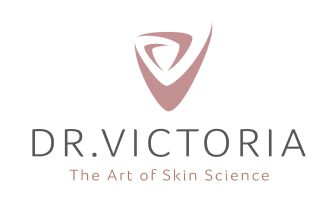Cosmetic (Dermal) Fillers
In recent years hyaluronic acid (HA) based dermal fillers, most commonly used as a volumising and hydrating agent for the face and backs of hands, have been trialled for different indications including the balls of the feet and for genital enhancement in both males and females. This has led to innovations in techniques and indication-specific products becoming available.
Some practitioners have used HA as a way of augmenting the G-spot, with a procedure marketed as the “G-shot”. The female G-spot is found up inside the female vagina on the front wall; the hope with injecting HA into this area is that the increased prominence or amplification leads to more sexual stimulation and increased sexual enjoyment (via more orgasms or better ones) for the recipient.
Some practitioners have labelled this procedure, (which is neither permanent nor long lasting) as gimmicky. With a serious lack of credible scientific study for this application, including its safety and efficacy, as well as just exactly where to inject to hit the illusive G-spot, the detractors are many. Yet, those who practice this procedure are adamant that it works and claim to have plenty of patients to testify to it.
More recently, woman have become more vocal in complaining about laxity and volume loss in their labial and vaginal region, as well as problems with vaginal dryness due to inadequate labial structure in the region. Such complaints are clearly not all about having a ‘designer vagina’, but more about alleviating pain, discomfort or a lack of sensation in the region. HA fillers can thus be used to plump up where volume is lacking, to enhance the look, increase any discomfort caused by the volume loss and aid the maintenance of vaginal hydration. One such treatment option is with Desirial.
Platelet Rich Plasma (PRP) Therapy
Platelet Rich Plasma (PRP) has seen a dramatic rise in use in recent years, to the point where a significant number of U.K. Aesthetic practitioners now offer this, more natural option, as a treatment for facial rejuvenation or for improving the décolletage and backs of the hands.
A PRP procedure uses the platelets and growth factors gathered from centrifuging a sample of the patient’s own blood to separate it out, discarding the red blood cells and then re-injecting the plasma back into the individual. The aim being to stimulate collagen synthesis and the growth of new, healthy tissue.
Studies are in their infancy, but data is starting to show that PRP may have a place in treating some of the nuances associated with urinary incontinence problems* and Platelet Rich Fibrin matrices have also been successfully studied for vaginal prolapse repair**. More data is needed as most results are empirical and anecdotal.
* J Urol. 2013 Jun;189(6):2125-9. A novel method for iatrogenic vesicovaginal fistula treatment: autologous platelet rich plasma injection and platelet rich fibrin glue interposition. Shirvan MK, Alamdari DH, Ghoreifi A.
** Int Urogynecol J. 2012 Jun;23(6):715-22. New approach in vaginal prolapse repair: mini-invasive surgery associated with application of platelet-rich fibrin. Gorlero F1, Glorio M, Lorenzi P, Bruno-Franco M, Mazzei C.
The O-Shot® or Orgasm Shot® originally hails from the USA, where Charles Runels M.D. is heralded as the pioneer. The aim of this treatment, which has PRP at its foundation, is to rejuvenate the vagina, to assist with urinary incontinence and sexual satisfaction problems such as difficulty reaching orgasm or painful sex.
Having gathered the PRP growth factor solution, and applied a topical anaesthetic, a very thin needle is used to inject into the clitoris and into the upper vagina into an area most associated with sexual response, the G-spot. Results are expected to be noticeable after 3 or 4 weeks.
Anecdotal patient reports include improvements in arousal from clitoral stimulation, sexual desire, the tightness of the vaginal opening and natural lubrication, as well as the ability to have a vaginal orgasm, have stronger or more frequent orgasms, and a decrease in urinary incontinence or pain associated with intercourse.
Rejuvula is another option introduced and marketed as a PRP treatment for vaginal rejuvenation. The treatment aims to help to rejuvenate vaginal tissue, enhance sexual response and help with urinary incontinence. Having performed the procedure many times, the creators note that results often take a few weeks to be fully achieved, but they have been proven to last up to 18 months based on their experience to date.
Radiofrequency
Radiofrequency or RF energy is proven to cause tissue contraction, or tightening of the collagen fibres, when an optimum temperature (heat) is achieved on penetration of the RF into the targeted tissue. Thus, much like RF is applied on other areas of the body, such as the face or thighs, abdomen etc. to target skin laxity with facial tightening andbody contouring to reduce cellulite and fat, it can also be used on the external and internal areas of the vulvo-vaginal region to target labial skin laxity and increase the tightness of the vaginal opening. Various devices are now available and being promoted in the UK including Viveve and BTL Protégé Intima.
CO2 Laser
CO2 or carbon dioxide lasers are considered to be the ultimate in ablative lasers, attracted to the chromophore of water, their resurfacing power is immense. Over the last decade, we have seen this power tamed and harnessed into more controllable fractional forms which create only micro-spots of ablated tissue. This technology is now being used for vulvo-vaginal treatments too. Devices which use a CO2 laser for vaginal tightening and to aid urinary incontinence concerns include FemiLift and MonaLisa Touch.
Er:Yag Laser
The use of an Er:YAG (2940nm) for vulvo-vaginal procedures is considered to be less invasive than using a CO2 laser, with faster healing times. This is backed up by some published studies. Like carbon dioxide lasers, the chromophore for erbium YAG lasers is water, which is in abundance in the mucosal tissues of the vagina. With adjustable pulse lengths, the Er:YAG is considered to be gentler with less risk of accidental tissue death or burns.
The use of the erbium YAG laser is targeted at treating stress urinary incontinence, vaginal atrophy and a condition known as vaginal relaxation syndrome or vaginal laxity which is associated with the overstretching of the vaginal canal during childbirth, but can also be a natural problem caused by ageing and menopause. There is quite a significant amount of clinical data for the use of Er:YAG lasers for these indications. Devices which use a Er:YAG laser for vaginal rejuvenation include ACTION II Petit Lady, IntimaLase and Juliet.
Others
It has been noted that PDO or polydioxanone threads are now being used in the labia majora for tissue tightening and collagen stimulation. This enhancement is said to be preferable for some patients, in place of the use of injectable fillers, where such augmentation would increase visibility and prominence through tight clothing (causing the camel toe effect). The use of surgical sutures is of course nothing new in this area, being commonplace in the practice of episiotomy where the perineum is repaired with the placement of dissolving suture threads after childbirth.
Another treatment is carboxytherapy, the application of carbon dioxide gas through small injection points causes the body to react to oxygenate the area with oxygen rich blood, thus activating the healing processes and new cell creation in the area. Several treatment sessions are usually recommended. However, no published studies are available to support the use of carboxytherapy in the vulvo-vaginal region.

